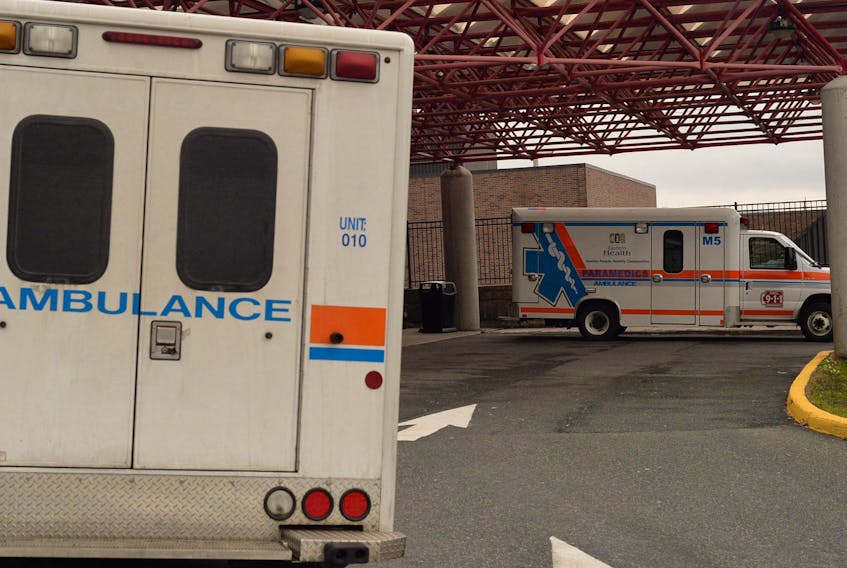Two weeks ago, I wrote about hospital signage and the focus on violence committed by patients against health-care workers. In that column I offered some theories as to why patients engage in disrespectful, angry and violent behaviour.
Over the last week, I spent some time combing through the research to see what else I could learn. I found out workplace violence in hospital settings around the world is increasing.

I also found out there is very little work on the root causes of hospital-based violence. There is a lot of published material on the incidence of violence, on what the health care worker should do when confronted by a violent patient, how to identify warning signs, and what preventive steps they could take (more on that later).
So what are the root causes of violence against health-care workers? One report looked exclusively at the emergency room, also known as the emergency department (ED). The authors reported: “Risk factors for violence in the ED include overcrowding, prolonged stays in the ED, increasing numbers of patients with mental health disorders (especially without proper facilities for them), understaffing, inadequate training, rising rates of substance abuse, absence of a pre-existing relationship between staff and patients, and the lack of privacy.”
If you exclude those ER patients who are more likely to be reacting from trauma (either physical, mental, or rooted in substance use), the causes of violence from the rest of hospital patients generally are excessively long wait times, shortage of staff, especially in peak times, and overcrowding.
Just three articles I read mentioned root causes; one of them reported on what they called “irritating or inappropriate staff attitude,” the high levels of stress experienced by the patient or relative, concerns that priority order had been bypassed, lack of information concerning wait times, and inappropriate hospital environments (too few seats, limited waiting room space, poor lighting).
It’s interesting that most articles addressing prevention made no mention of the causes of the violent behaviour, only that it was occurring. Prevention dealt with the development of effective policies re: reporting and intervention, the training of staff in recognizing signs of potential violence, and the implementation of security measures such as increased security and panic buttons.
Those articles which mentioned triggering events due to substance use, mental health or physical trauma, focused mostly on emergency department personnel and interventions addressing treatment seen as intrusive (blood work, IV insertions etc.) in a less triggering manner as well as de-escalation techniques.
None of the policy documentation available nor any of the articles discussing the topic mentioned how to get to the bottom of things. That is, developing, implementing or evaluating interventions addressing the root causes identified in patients largely outside of emergency departments.
There was nothing on how to reduce wait times for patients, how to increase staff or adjust shift schedules, or how to reduce overcrowding. There was nothing on providing training to staff re: using appropriate customer service approaches, how to reduce the stress of patients and families, or creating more supportive waiting areas with more comfortable seats, better lighting, or even quieter areas.
For what it’s worth, I didn’t find any evidence that posting large posters warning patients or families about abusive or profane language was effective in reducing violence.
What I did find was another body of work that looked at what’s needed to create a healing environment in health care settings.
I found work that said when patient safety and wellbeing were paramount, there were improved patient outcomes, a better work climate with greater job satisfaction and a reduced turnover rate for staff, and a positive organizational culture dedicated to safety for patients and health care providers.
I found research looking at the impact of the built environment on patients. One study concluded personal space, a welcoming atmosphere, and good physical design were key factors in promoting health and wellbeing.
We need to ask why our system assumes all patients will behave like the small minority.
Most of us understand the values underpinning the Ten Commandments but we don’t have them posted on every street corner. We need to ask why our system so often persists in treating people poorly, and assuming the worst.
With so much research, evidence and data available to make things better, we need to ask why our system leaders aren’t listening.
Martha Muzychka is a writer and consultant living in St. John’s. Email: [email protected] Twitter: @marthamuzychka
RELATED:









